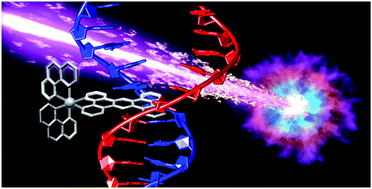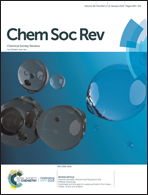Transition metal compounds as cancer radiosensitizers
Abstract
The concomitant administration of ionising radiation (IR) in the form of external beam radiotherapy or targeted radionuclide therapy (TRT) alongside radiosensitizing small molecules is a highly successful strategy for the treatment of cancer. The major clinical impact of the radiosensitizing platinum(II) drug cisplatin has encouraged the design of many transition metal coordination or organometallic complexes and their assessment as anticancer candidates. The growing recognition that metallodrugs halt cancer cell proliferation through mechanisms other than DNA damage and the recent expansion of the range of their potential biological targets has further stimulated the field. A central aim is to generate new therapeutic candidates with improved anticancer activity, distinct mechanisms of action(s) and reduced cross-resistance compared to existing drugs. The question arises of how lead candidates should be combined with other treatment modalities, particularly radiotherapy. In this review, work is highlighted that specifically examines transition metal complexes in combination with IR with an emphasis on complexes that function as radiosensitizers. The chemical design principles and cellular mechanisms of action to achieve synergistic or additive effects in cancer cell killing are outlined. Finally, we discuss emerging applications in this area of research, such as the combination of metallo-compound radiosensitizers with radionuclides and within drug delivery approaches.



 Please wait while we load your content...
Please wait while we load your content...